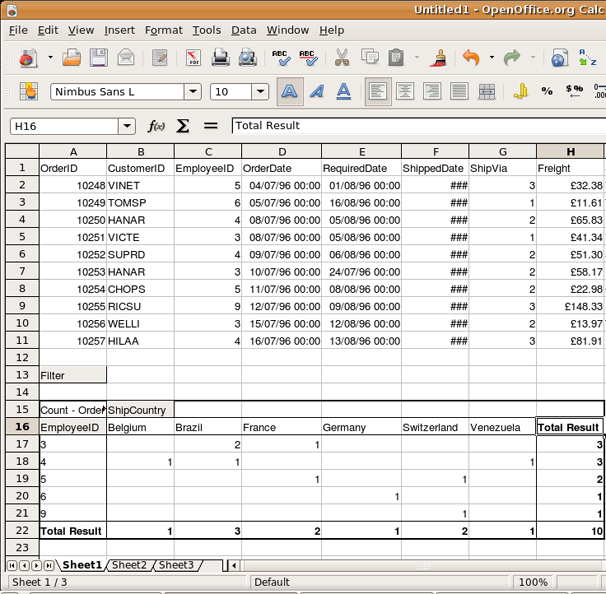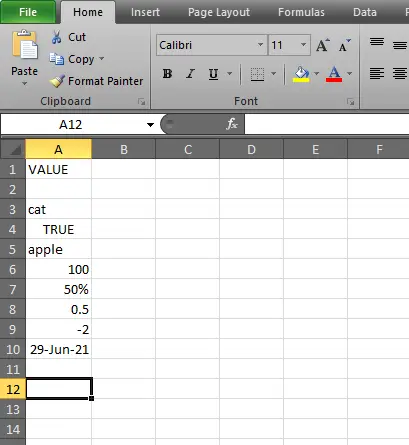


The airquality dataset is an R dataset that contains missing values and is useful in this demonstration. Here is something different to detect that in the data frame. mtcars %>%īy knowing previously described possibilities, there are multiple ways how to count NA values. For example, percentage by group, minimum or maximum value by group, or cumulative sum or count. This approach might be handy if you want to do other calculations by a group. If we only need a count of something, then the previous approach is with less typing. mtcars %>%Ĭount function from dplyr package is one simple function and sometimes all that is necessary at the beginning of the analysis.Ĭount and do other calculations by a group in R, function nįunction n you can use, for example, with the summarize function. If you want to count by multiple conditions, add them all to the filter function. mtcars %>%Ĭount(cyl, name = "CountB圜yl", sort = TRUE) If you combine that with the filterfunction you can create a conditional count in R. mtcars %>% count(cyl, gear, name = "count", sort = TRUE) There is possible to count by multiple columns at the same time. mtcars %>% count(cyl, name = "CountB圜yl", sort = TRUE) If you want to sort the results by the count you can do that with a dedicated parameter. mtcars %>% count(cyl, name = "CountB圜yl") You can give a name to a count column and save time with renaming. That’s one of my top 10 favorite dplyr tips and tricks. # 50 length(which(iris$Species = "setosa"))Ĭountfunction from the dplyr package is easy and intuitive to use. # 50 nrow(subset(iris, iris$Species = "setosa"))

Here are three ways to count conditionally in R and get the same result. If you are an Excel user, it is similar to function COUNTIF. You can use base R to create conditions and count the number of occurrences in a column. The tablefunction is a great addition to that that helps to count by categories in a column. nrow(iris)īy using the dimfunction, you can count rows and columns at the same time. Here is how to count rows, columns, or observations in a column if you like. In this post, I collected more than 10 useful and different examples on how to count values in R. Sometimes it might be all that’s necessary for a simple analysis. Count in R might be one of the calculations that can give a quick and useful insight into data.


 0 kommentar(er)
0 kommentar(er)
